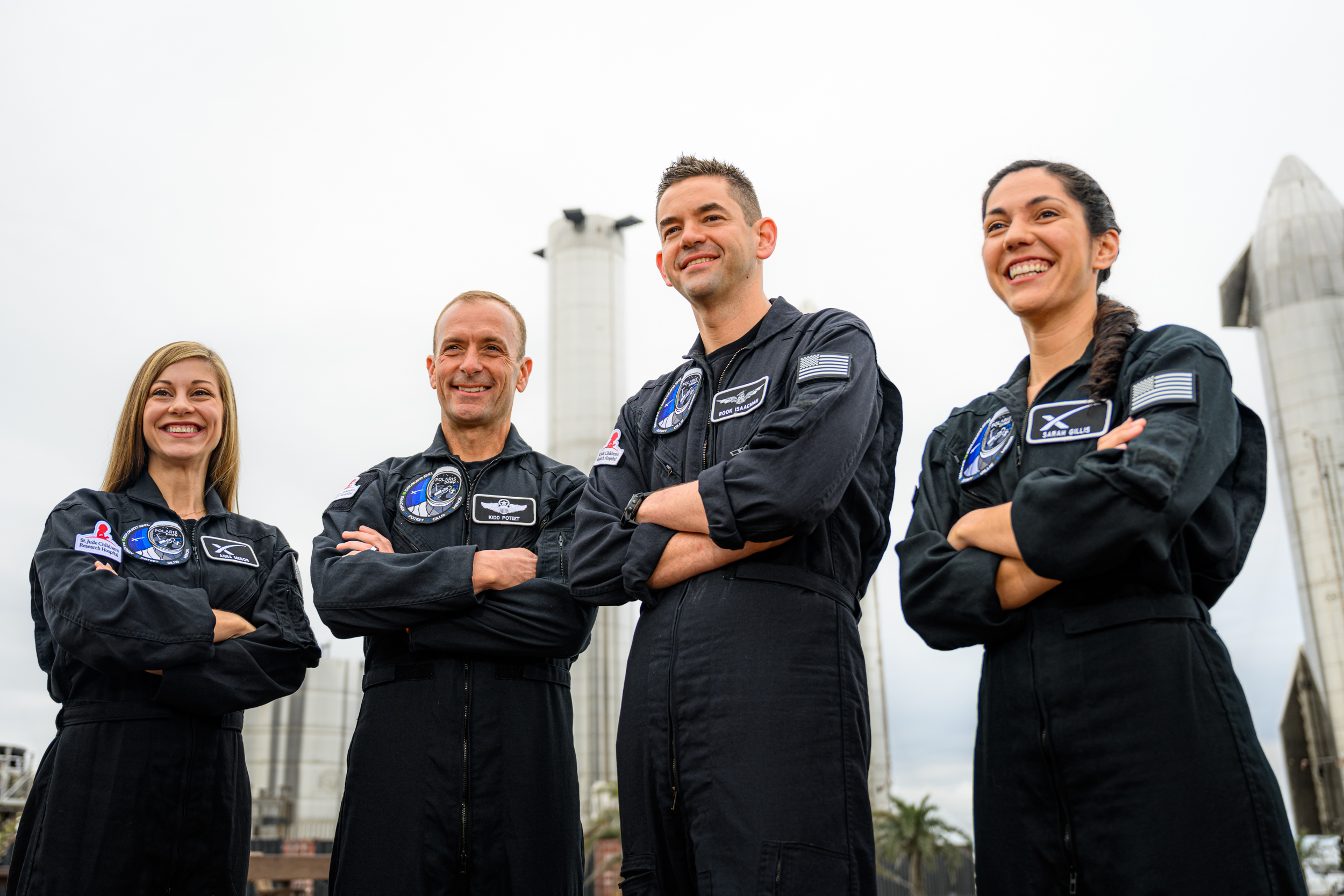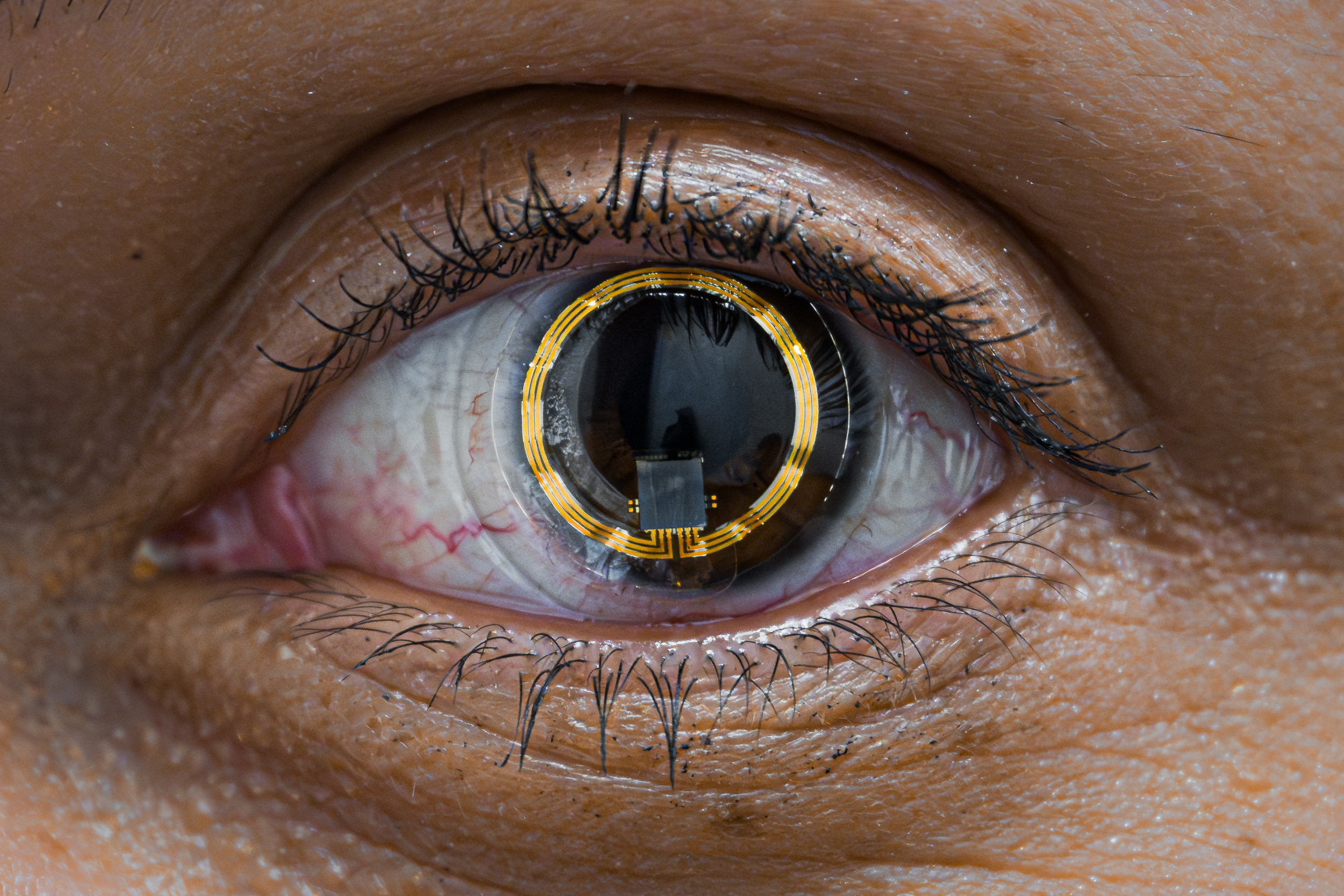‘Cyborg study’ prepares for space launch

The Polaris Dawn crew: Anna Menon, Scott Poteet, Jared Isaacman and Sarah Gillis
As highlighted in our research review in the July/August issue of Dispensing Optics, astronauts in space can experience refractive changes that may persist post-flight.
Now, researchers are set to learn more about Spaceflight Associated Neuro-ocular Syndrome (SANS) as SpaceX prepares to launch its Polaris Dawn space mission from Florida, USA – the first of three privately-funded spaceflights in its microgravity science and research-driven Polaris Programme.
Allie Anderson, a leading investigator in the College of Engineering & Applied Science at the University of Colorado, Boulder, USA, has been working with the spaceflight crew to explore SANS – symptoms of which include swelling of the optic nerve, changes in the shape of the eye and refractive changes.
It is thought that SANS could be caused by the absence of gravity acting on the body, causing a headward fluid shift – leading to changes in pressure in the brain and eye.
To identify the initial adaptation of the eye upon entering microgravity, the two-man, two-women Polaris Dawn crew aboard the Falcon 9 rocket will wear the Sensimed Triggerfish – a contact lens that has an embedded strain gauge to measure how the cornea changes shape over time. A tiny antenna will transmit its data, enabling researchers to learn more about how the anterior eye changes with microgravity exposure.

Triggerfish contact lenses will be worn by the crew members
Crew members will also monitor any refractive changes experienced in orbit using the PlenOptika portable, handheld QuickSee autorefractor. It is hoped that the data obtained could confirm that fluid shifts cause changes to the eye, which may ultimately contribute to SANS. The Polaris Dawn crew refers to this as ‘the cyborg study’.
The SANS study is just one of 36 science and research experiments from 31 partner institutions flying with the Polaris Dawn crew.
Polaris Dawn was due to launch on 27 August but has been delayed. It is hoped that when it launches, crew members will make the world’s first private spacewalk. It is expected to circle Earth at an altitude of 700km, the highest altitude since the NASA Apollo missions.
Learn more about the Polaris Dawn mission and how to watch the launch.
Photo credits: Polaris Program / John Kraus